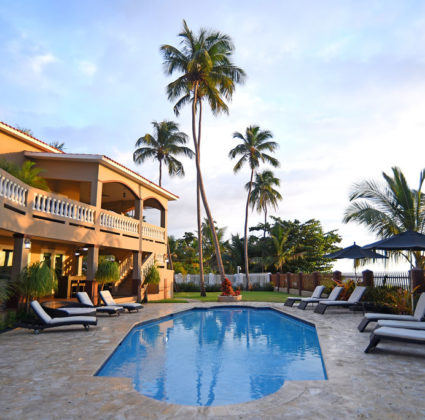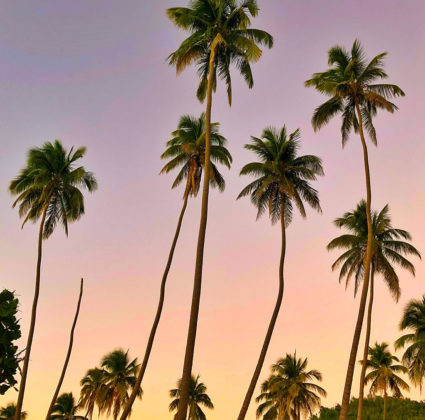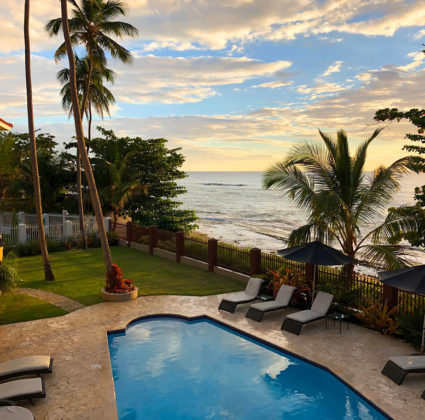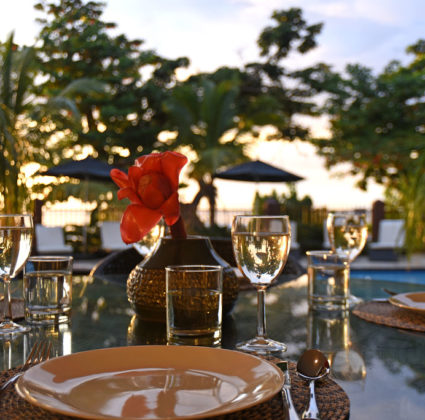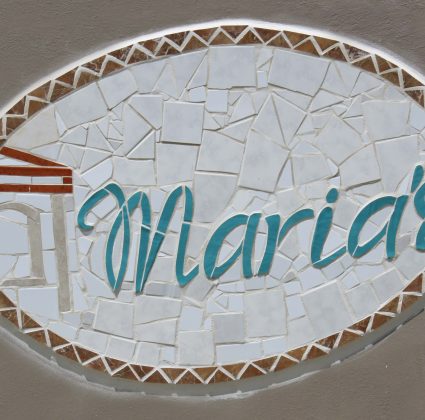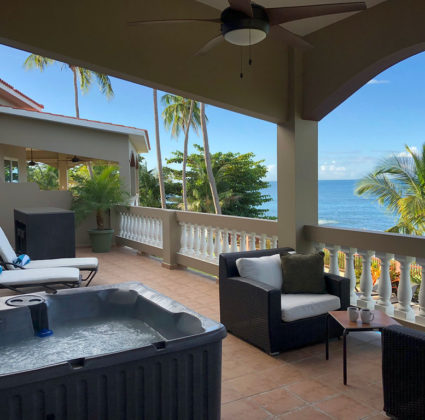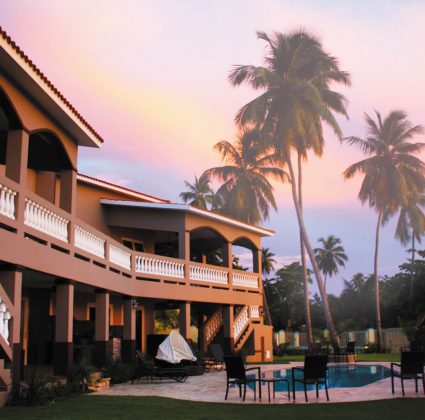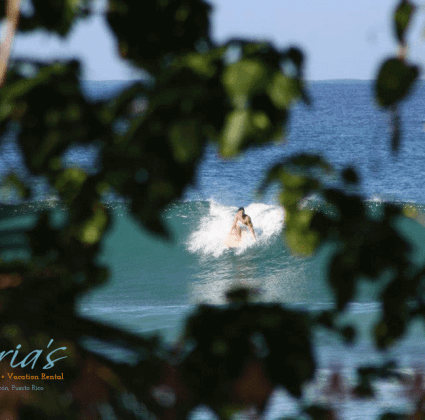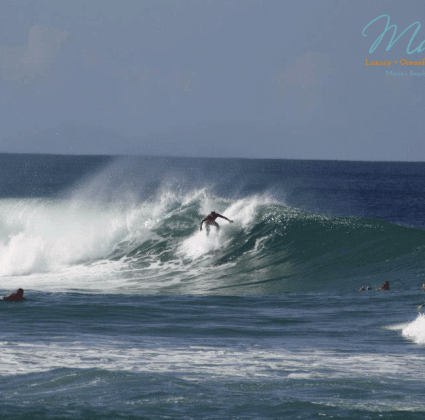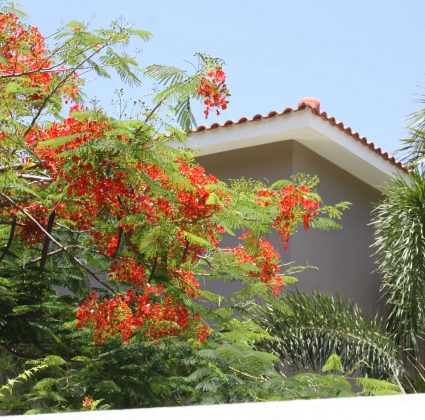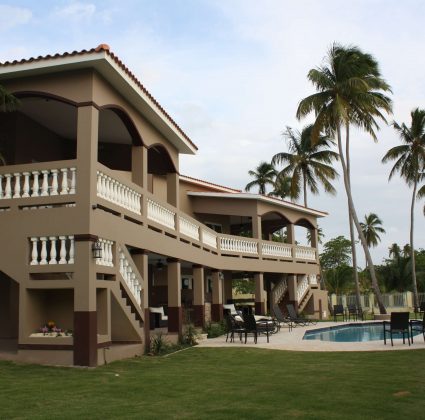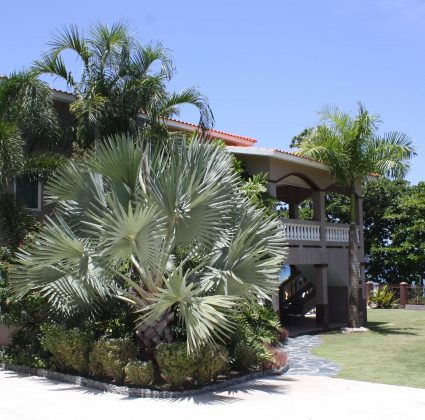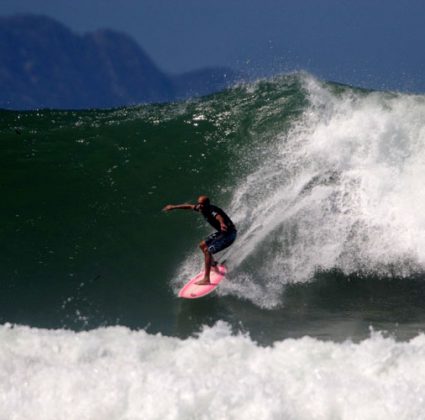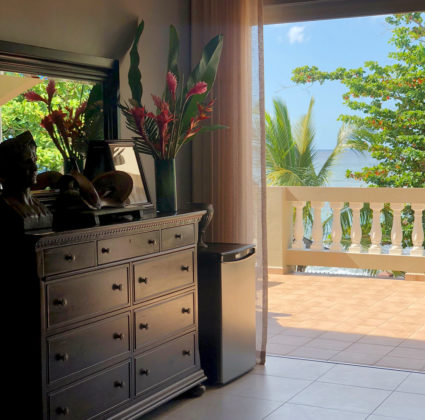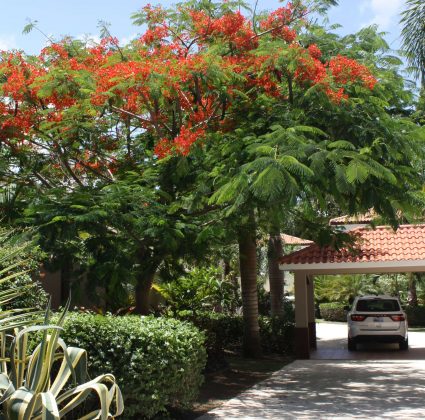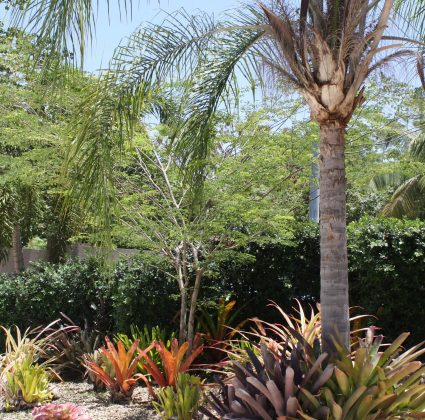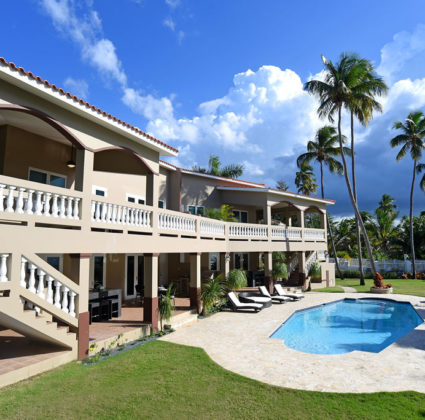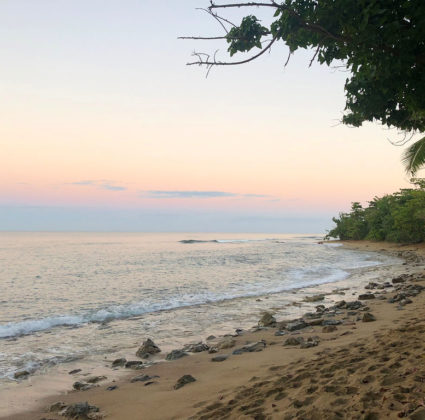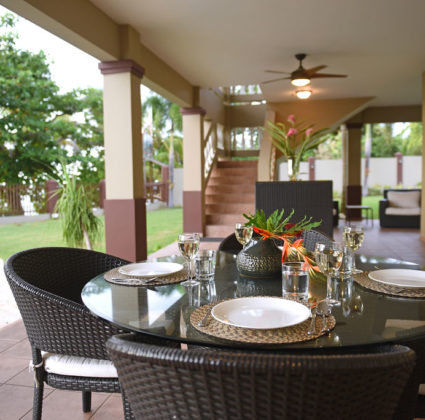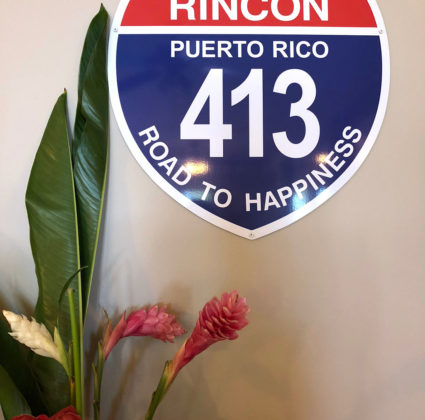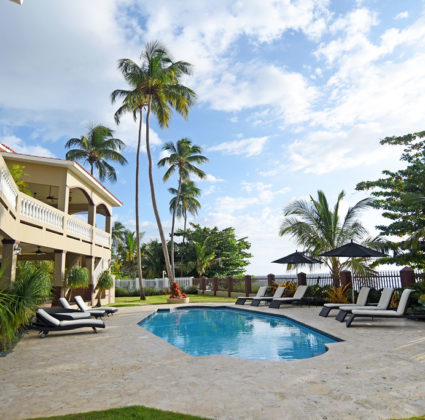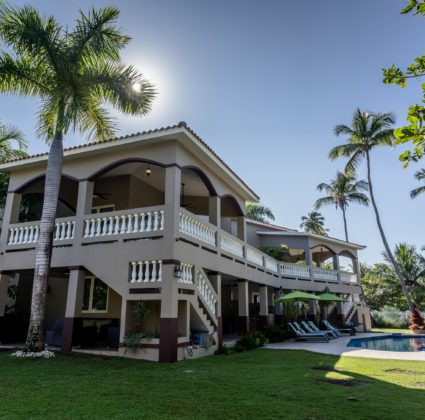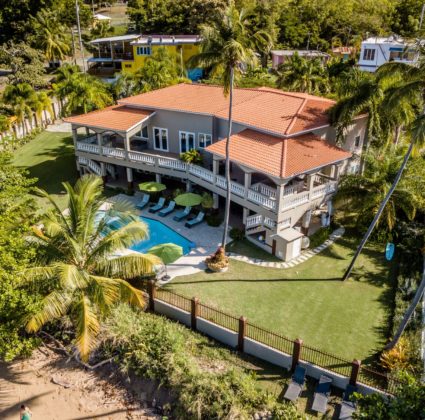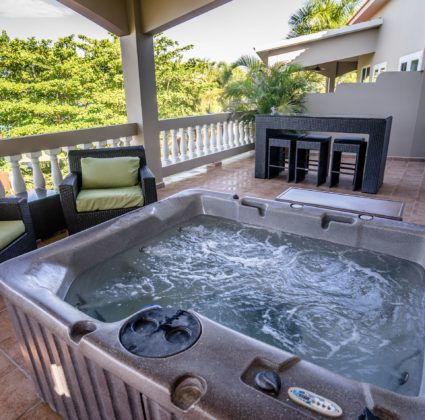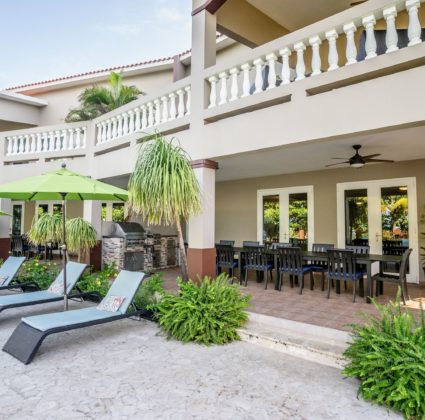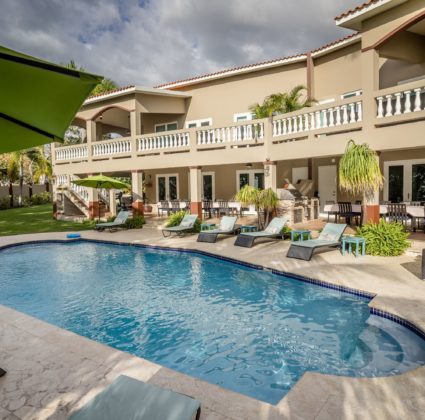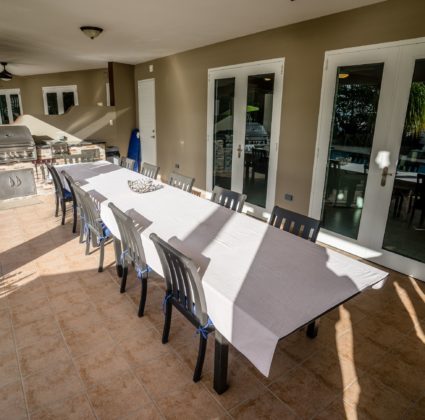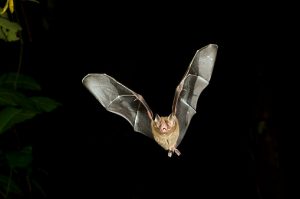 Bats as a species have been given a bad name. They’re often seen as parasitic, disease-ridden and even blood-sucking. But the bat population of Puerto Rico is varied, with nearly 40 percent of its species found only on the island. In an article by biologist José Placer found on the Bat Conservation International website, the bats of Puerto Rico – and their importance to the island’s ecosystem – was discussed.
Bats as a species have been given a bad name. They’re often seen as parasitic, disease-ridden and even blood-sucking. But the bat population of Puerto Rico is varied, with nearly 40 percent of its species found only on the island. In an article by biologist José Placer found on the Bat Conservation International website, the bats of Puerto Rico – and their importance to the island’s ecosystem – was discussed.
The article explained that of the native land mammals of the island, bats are the only ones to have survived colonization. There are 13 different bat species living on the island. Of these, seven feast on insects, four are fruit bats, one species feeds only on nectar, and one eats fish. Surprisingly, even with the abundance of frogs and lizards on the island, no bats use these as a food source.
As you might expect, most of the bats living in Puerto Rico are cave-dwellers. Cucaracha Cave in Northwestern Puerto Rico is home to an estimated 700,000 bats. Of the bats living in Cucaracha Cave, the highest percentage is Jamaican long-tongued bats, followed by sooty mustached bats and Antillean ghost-faced bats. It is suspected that the Vientos Caves in North-Central Puerto Rico may be home to an even greater bat population, but these caves have not been explored nor have their bat population been studied.
The types of bats living in Puerto Rico include:
- Antillean long-tongued bat
- Greater bulldog bat
- Velvety free-tailed bat
- Sooty mustached bat
- Antillean ghost-faced bat
- Jamaican long-tongued bat
- Parnell’s mustached bat
- Buffy flower bat
- Leach’s single leaf bat
- Red fruit bat
- Big brown bat
- Eastern red bat
- Mexican free-tailed bat
Eleven of the 13 species of bats living in Puerto Rico can be found in the rainforest, according to the USDA Forest Service’s website. The USDA also wants to dispel the myth that there are vampire bats on the island, and urge people to not be afraid of the bats found in Puerto Rico. They stress the importance of bats when it comes to insect control and plant pollination – for instance, some bats eat 1200 insects per hour. On an island where mosquitoes are problematic, the role bats play in helping keep that population under control is crucial.
To learn more about the bats of Puerto Rico and what you can do to help preserve them, visit Bat Conservation International’s website at www.batcon.org.



